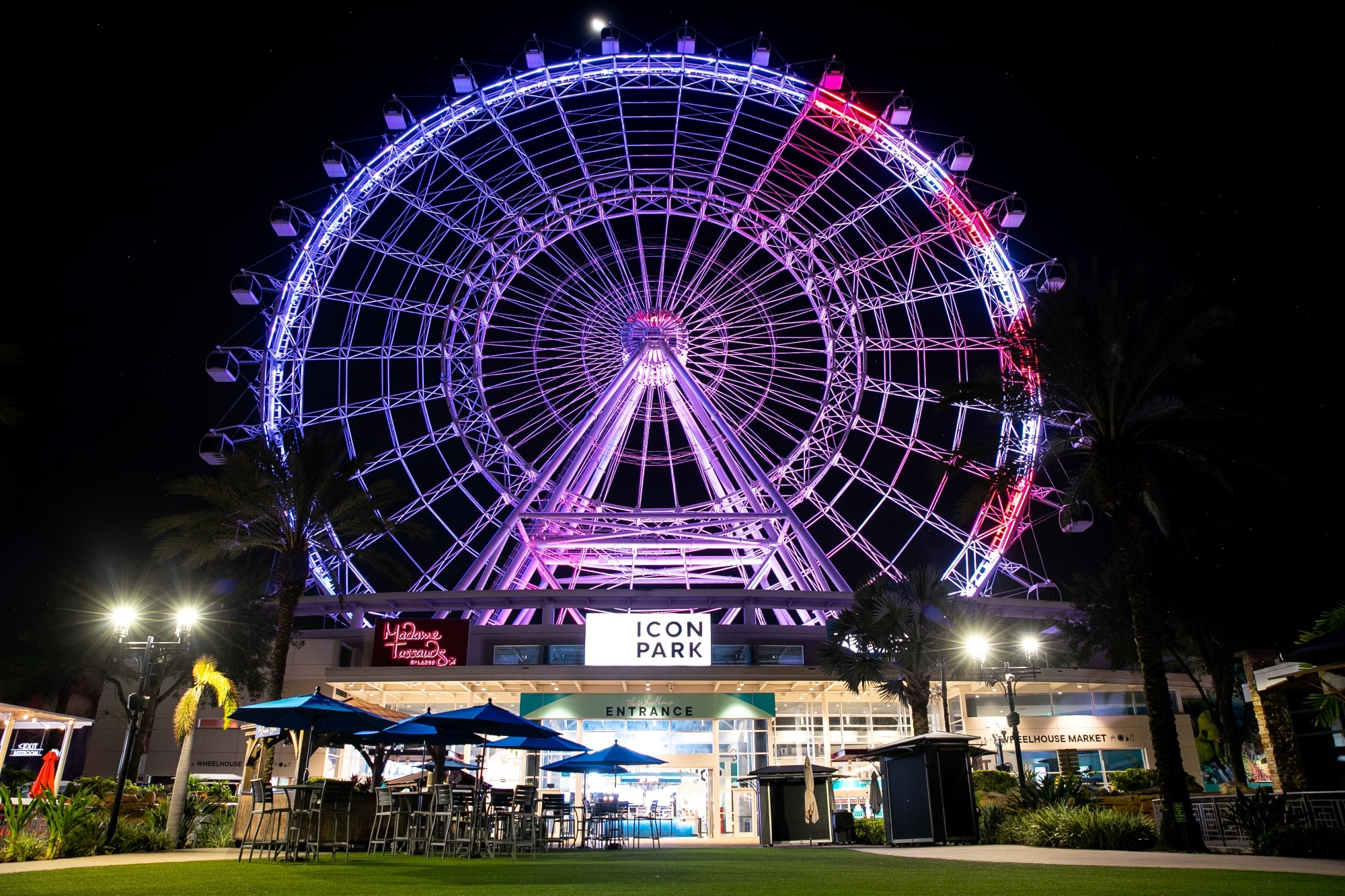|
Getting your Trinity Audio player ready...
|
Known as the “Theme Park Capital of the World,” Orlando is a popular vacation spot for families and thrill-seekers. The city promises spectacular experiences and life-changing adventures because it is home to internationally recognized attractions like SeaWorld, Universal Studios, and Disney World. However, despite all of the magic and excitement, there are risks and difficulties unique to the busy parks.
Theme parks are designed to offer thrilling rides, vibrant attractions, and unforgettable memories. For many, these destinations represent a haven of fun and excitement, drawing millions of visitors annually. However, behind the colorful facades and adrenaline-pumping adventures lies an undeniable reality: theme parks can also be sites of unexpected danger.

Deadly accidents at theme parks like SeaWorld Orlando highlight the potential risks involved. The injuries sustained range from minor to severe, from mechanical malfunctions on roller coasters to slips and falls in crowded areas. Understanding these risks can help visitors stay safe while enjoying their favorite attractions.
In this article, we’ll explore the common types of injuries that occur in theme parks, as well as the potential causes and preventive measures that can be taken to avoid accidents.
Common Types of Injuries
The most common injuries sustained in theme parks include head and neck injuries, broken bones, cuts and bruises, strains and sprains, and heat-related illnesses. These can occur on both rides and while walking around the park.
Head and Neck Injuries
Head and neck injuries are among the most serious types of theme park injuries. These can be caused by high-speed rides, such as roller coasters, or sudden stops and turns on water rides.
Some of the most common head and neck injuries include concussions, whiplash, and cervical spine injuries. These can result in long-term effects such as chronic headaches, dizziness, and neck pain.
Broken Bones
Broken bones are also quite common in theme parks due to the high-impact forces experienced during rides. The most commonly broken bones are arms and legs, with wrist fractures being particularly frequent.
Aside from ride-related accidents, slips and falls while walking around the park can also cause broken bones. This is especially true in crowded areas or when guests are not paying attention to where they are walking.
Cuts and Bruises
Minor cuts and bruises are perhaps the most common injuries sustained in theme parks. These can occur while waiting in line for rides, navigating through crowds, or even during minor accidents on rides.
While these may seem insignificant, it’s important to properly clean and treat any open wounds to avoid infection.
Strains and Sprains
Strains and sprains can occur from sudden movements while on a ride, as well as from carrying heavy bags or backpacks throughout the day. These injuries can be quite painful and may require rest and physical therapy for proper healing.
Heat-Related Illnesses
Theme parks are often crowded during the summer vacations, making heat-related illnesses a concern. Dehydration, heat exhaustion, and even heatstroke can occur if guests do not stay properly hydrated and take breaks in shaded areas.
Drowning
Drowning presents a significant risk at water parks and is considered one of the most severe injuries that water park patrons may face. While lifeguards are stationed throughout these facilities, the combination of large crowds, complex water attractions, and sometimes limited visibility can create dangerous situations.
The risk is particularly high in wave pools, where sudden surges can overwhelm even competent swimmers, and in deep water attractions where guests may overestimate their swimming abilities. Children and non-swimmers face elevated risks, especially in areas where water depth changes unexpectedly.
Secondary drowning, where water enters the lungs and causes complications hours after the initial incident, is another concern that many guests are unaware of. This delayed reaction can occur even after what seemed like a minor water incident where the person appeared to recover completely.
Causes of Accidents
Accidents can happen at theme parks for a variety of reasons. Here are the most common causes of theme park injuries:
- Mechanical Malfunctions: Faulty equipment or ride design can lead to serious accidents. Regular maintenance and inspections are crucial in preventing these types of incidents.
- Guest Behavior: Not following ride rules, standing up during a ride, or not properly securing safety restraints can all lead to injuries.
- Operator Error: Poor training or lack of attention from ride operators can also contribute to accidents.
- Crowded Areas: Overcrowding in areas such as walkways and queues can lead to slips, falls, and collisions between guests.
Preventive Measures
While accidents may still occur at theme parks, visitors and park operators can take several preventive measures to reduce the risk of injuries.
- Follow Ride Rules: It’s important to always follow ride rules and listen to safety instructions from ride operators. These rules are in place for a reason and should not be taken lightly.
- Secure Safety Restraints: Make sure to properly secure all safety restraints on rides, including seat belts, lap bars, and harnesses.
- Stay Hydrated: Be sure to drink plenty of water throughout the day, especially in hot weather, to avoid dehydration and heat-related illnesses.
- Take Breaks: Don’t overexert yourself by constantly riding attractions or walking around the park. Take breaks in shaded areas to rest and recharge.
- Watch Your Step: Pay attention to where you are walking, especially in crowded areas. Avoid looking at your phone or other distractions while moving.
- Regular Maintenance: Park operators should conduct regular maintenance and inspections of all rides and attractions to ensure they are safe for guests.
- Proper Training: Ride operators should be properly trained on safety protocols and procedures in case of emergencies.
While theme parks may involve some risks, following safety guidelines and taking preventive measures can help ensure a safe and enjoyable experience for all visitors.



